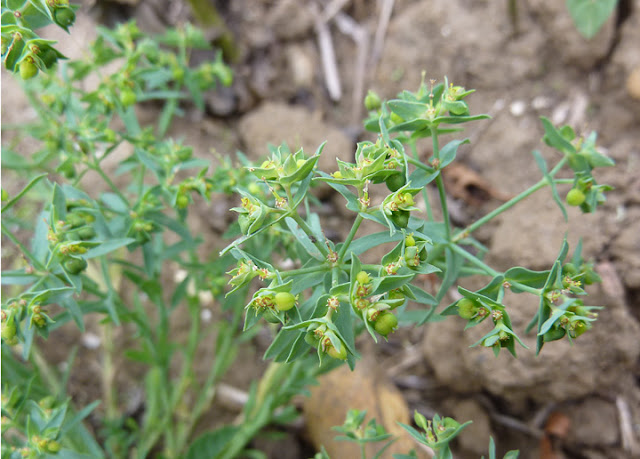Full circle
Any regular visitor to this blog will be familiar with the soul-searching, lack of confidence and uncertainty that clouds my relationship with birding. If push comes to shove, in my personal relationship with natural history, I am foremost a birdwatcher / birder / ornithologist (tick box as appropriate). I do not suffer such angst with plants, lepidoptera or the wide open book that is pan-listing. Why is that? Part of the reason is youth. I began my love of birdwatching when I was in my mid-teens. It was a refuge from an uncertain world and one in which I seemed to fit in. My need to be accepted into this new found refuge was strong, so effort was made to be (a) competent and (b) known. My anonymity in 2015 covers up a successful campaign in the late 70s which saw me achieve this state of being. But that was just the start of the battle. Birding boomed around this time, becoming more popular, particularly in the twitching / identification arena, the place that I wanted to be. You h...














